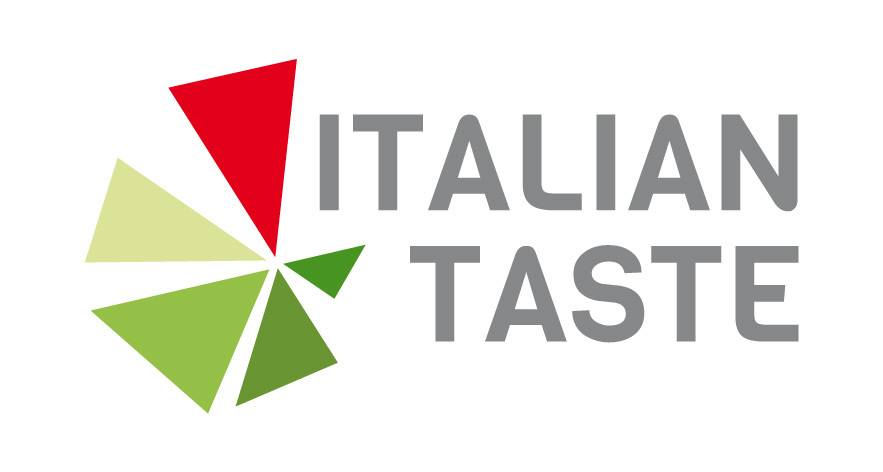 Prof. John Prescott, TasteMatters Research & Consulting and Co-Editor of Food Quality & Preference, the leading journal for sensory and consumer science, assert:
Prof. John Prescott, TasteMatters Research & Consulting and Co-Editor of Food Quality & Preference, the leading journal for sensory and consumer science, assert:
“Studies of human taste perceptions and preferences are relatively common. Indeed, there are now four scientific journals – Food Quality and Preference, Chemosensory Perception, Flavour, and Journal of Sensory Studies – that publish such studies exclusively. However, in the vast majority of these studies, two things are missing. The first of these is sufficient scale. If we are to really understand the motivations that drive food choices, we want to be able to make statements about populations as a whole, as well as significant subgroups within the population, but small-scale studies do not allow us to do this. Second, while many studies examine more than one variable, we almost never get a complete picture of the myriad of influences that determine food perception and preference.
This is why the Italian Taste project is so valuable. Here is an opportunity to examine a large population, and its sub-populations, in a scientifically rigorous manner on a variety of measures that other studies have suggested will help explain why Italian consumers eat what they do. In style, then, Italian Taste will be much closer to the type of epidemiological studies in health that have been so successful in determining causes of disease.
Importantly the project does not only measure taste sensitivity as a way to understand food choice, or ask questions regarding preferences, or assess preference for product variations – it does all of these things, recognizing that food choices are complex and determined by the interactions of multiple factors. As such, the content of the project will cover factors as varied as taste physiology and food-related emotions, genetics and attitudes, and taste sensitivity and food choices.
Some specific questions that Italian Taste seeks to answer include: How are measures of taste sensitivity – both perceptual and physiological – related to food likes, food choices and food-related behaviours? What is the prevalence of food neophobia in Italy and how does this influence food preferences and choices? What are the genetic influences in determining intensity of basic tastes in foods? How is taste perception related to numbers of taste buds and what genetic factors influence this relationship? The answers to each of these questions will have enormous health implications as they illuminate the causes of unhealthy food choices and diets.
This project is a major enterprise, not just in collecting such data from consumers across Italy, but also in dealing with a highly complex set of data. This is why 22 different laboratories across Italy are collaborating with one another, in an effort to both spread the data collection load, and to bring to bear a wide range of skills and expertise required to analyze and interpret the project’s findings.
Because of the huge potential benefit to the food and beverage industries of Italian Taste, there are opportunities for companies, both Italian and international, to participate in the project. Thus, companies will be able to sponsor the project as a whole, or to participate in the project, for example by including their products within specific studies.
An important potential consequence of industry collaborations with Italian Taste will be the strengthening of bonds between the scientific laboratories involved and food/beverage companies. This should allow for long-term increases in the exchange of ideas across these two parties.
Similarly, the project is likely to have enormous benefits for the collaborating laboratories as they formally and informally establish links with one another that will strengthen their research potential over the years to come.
